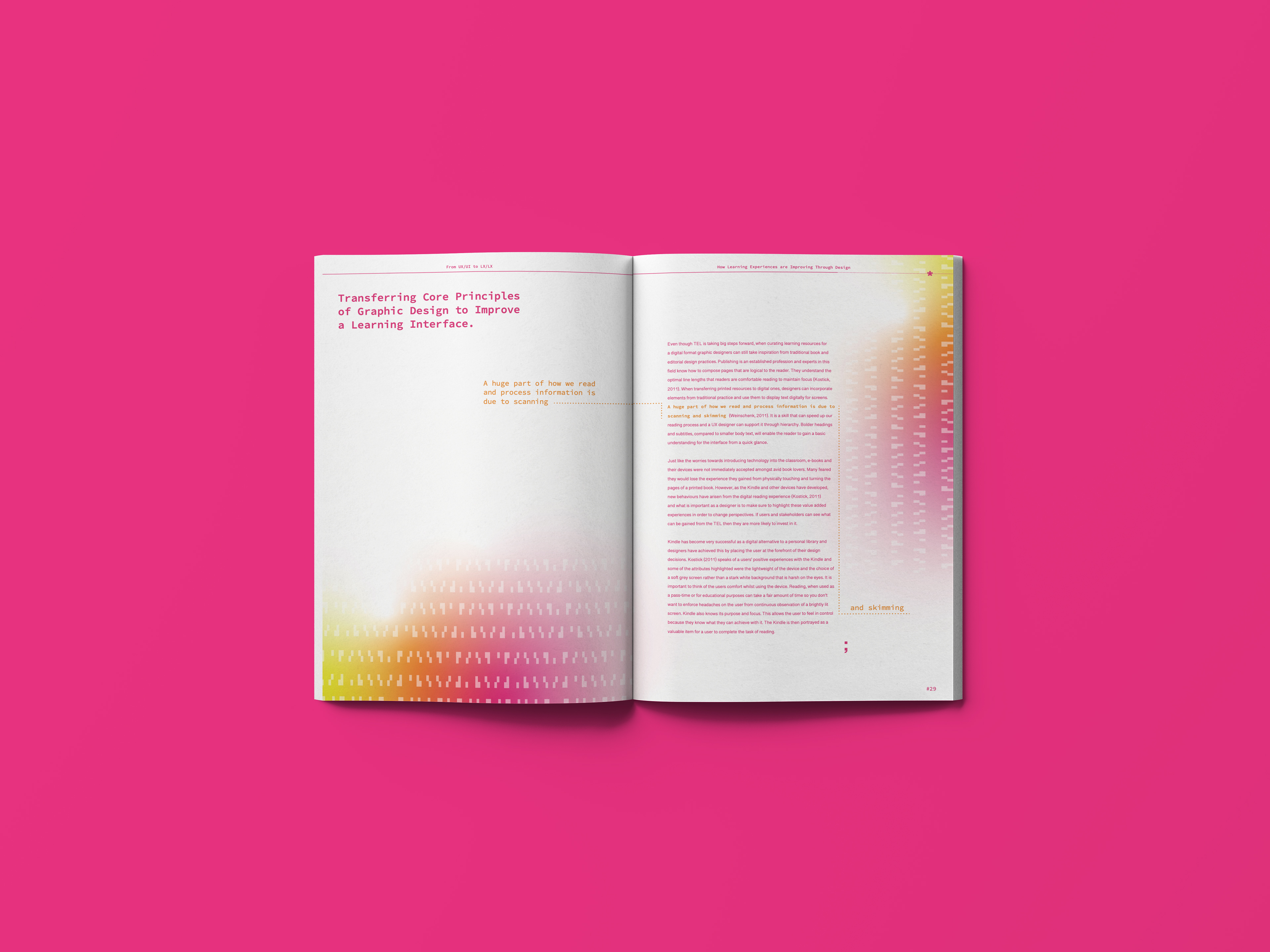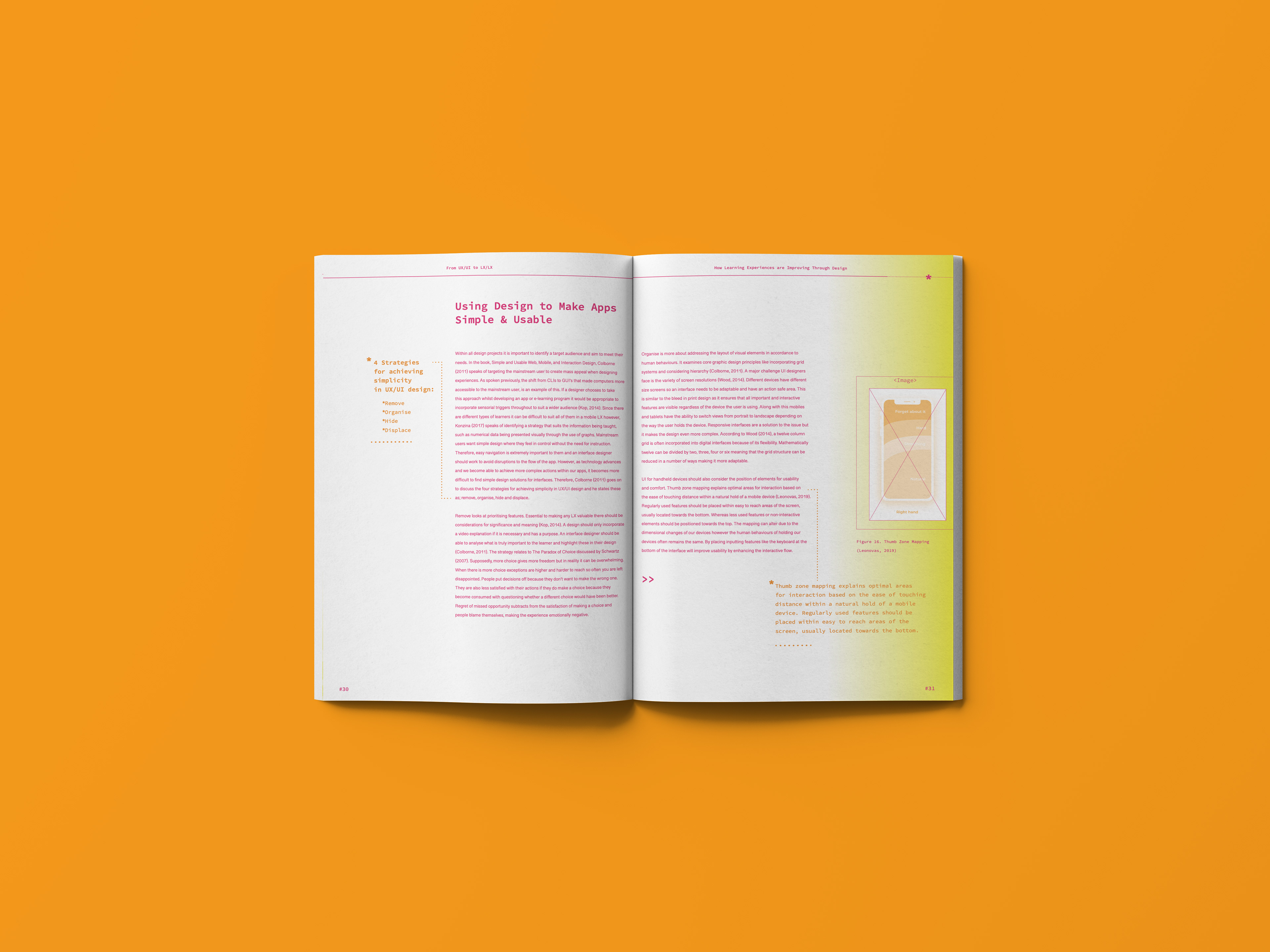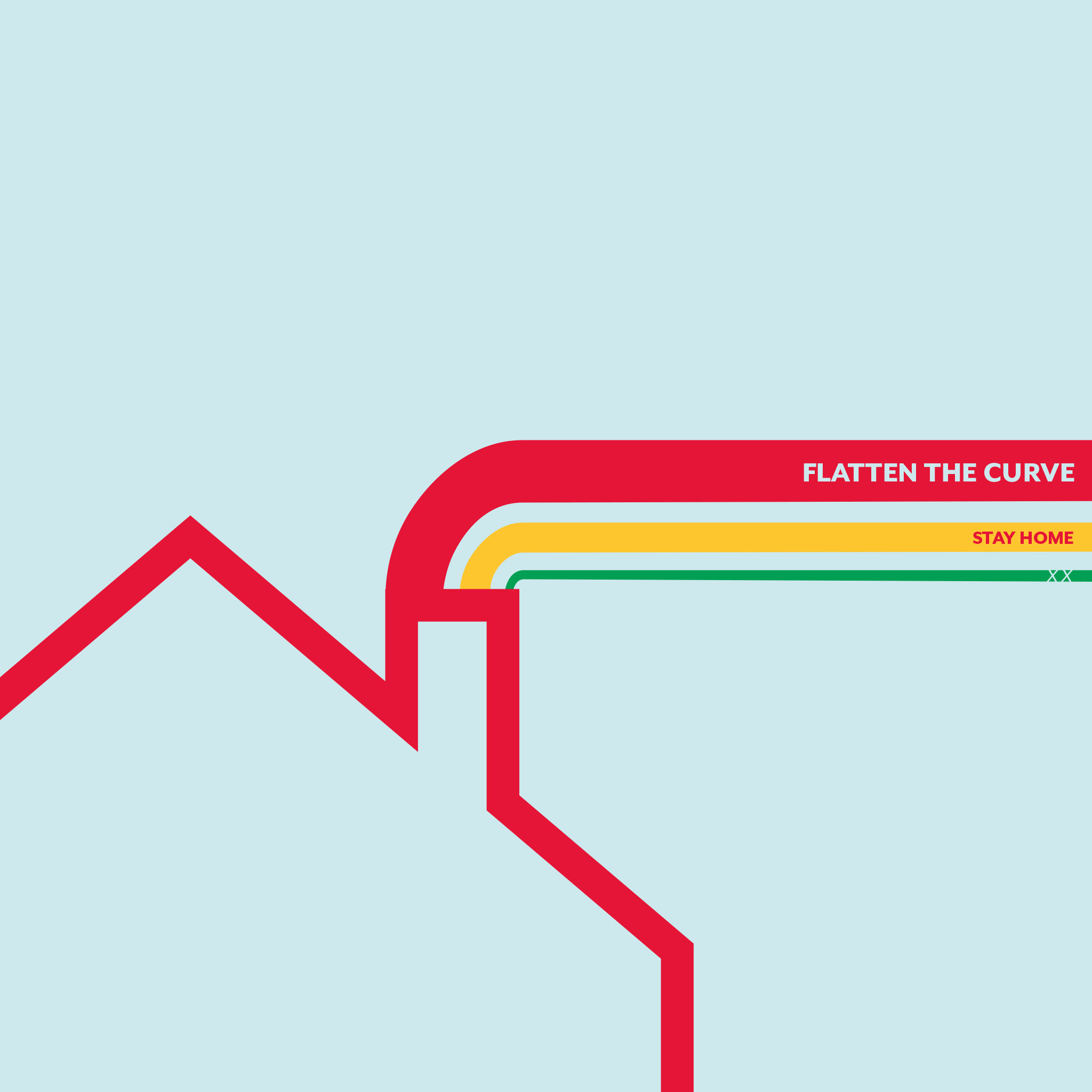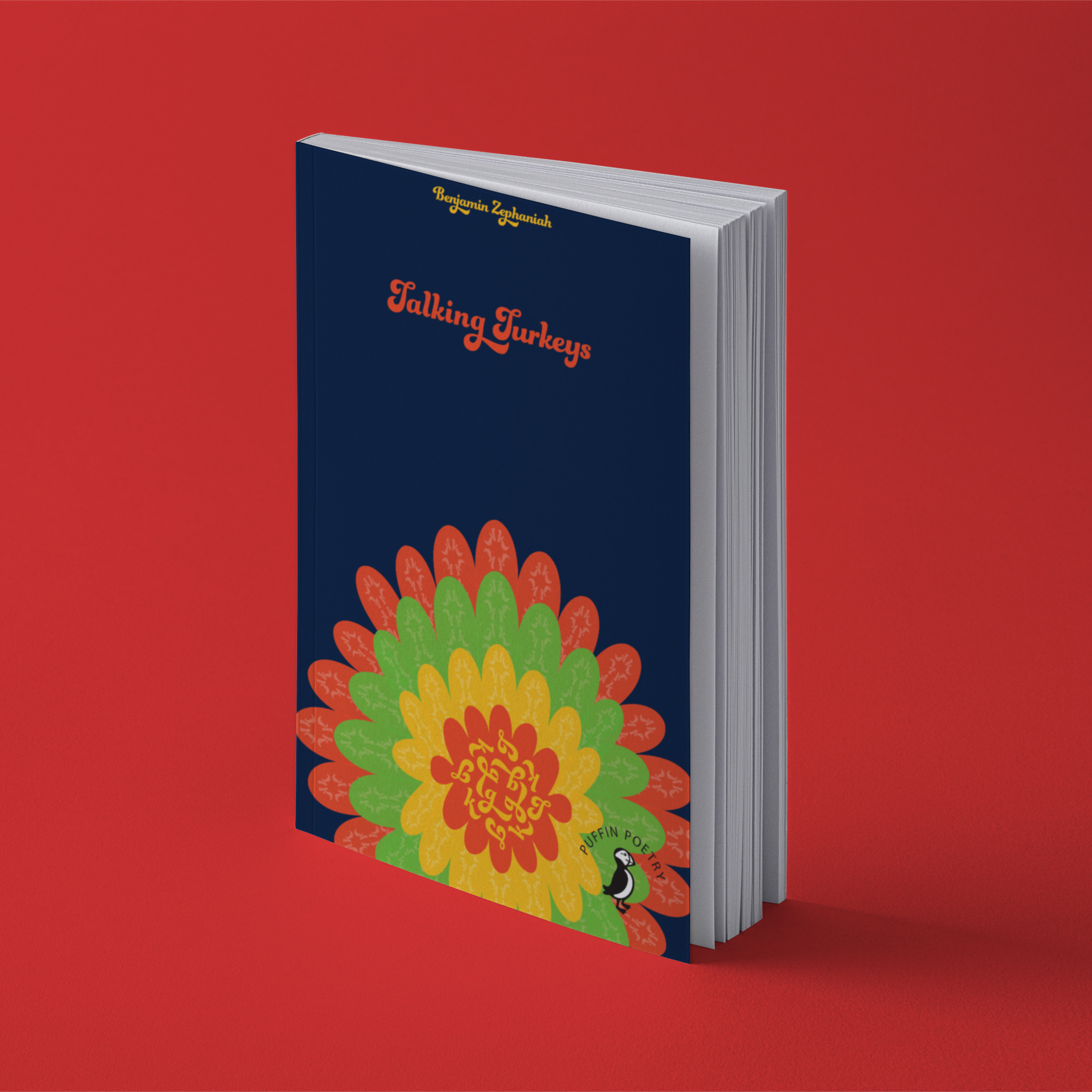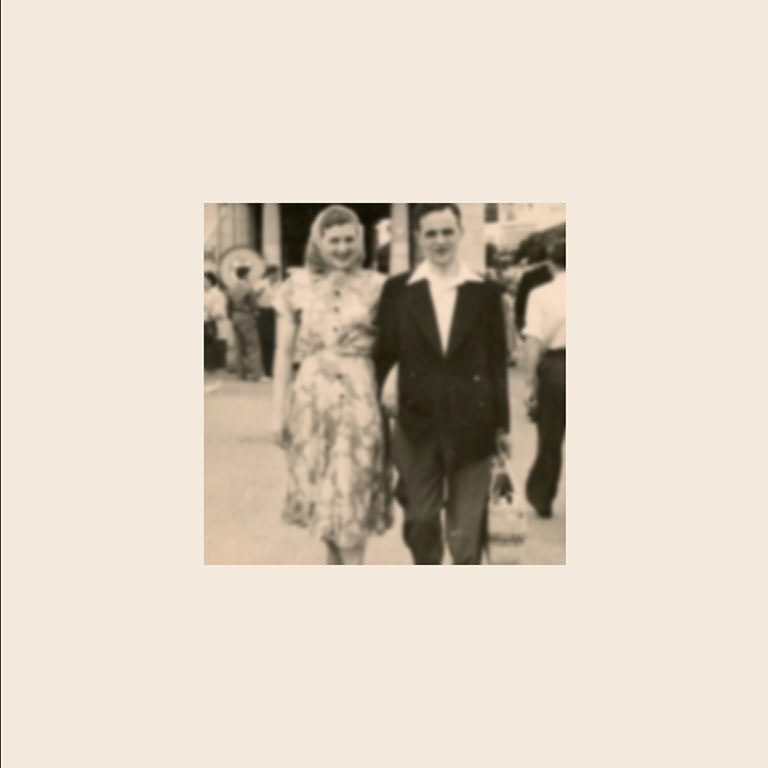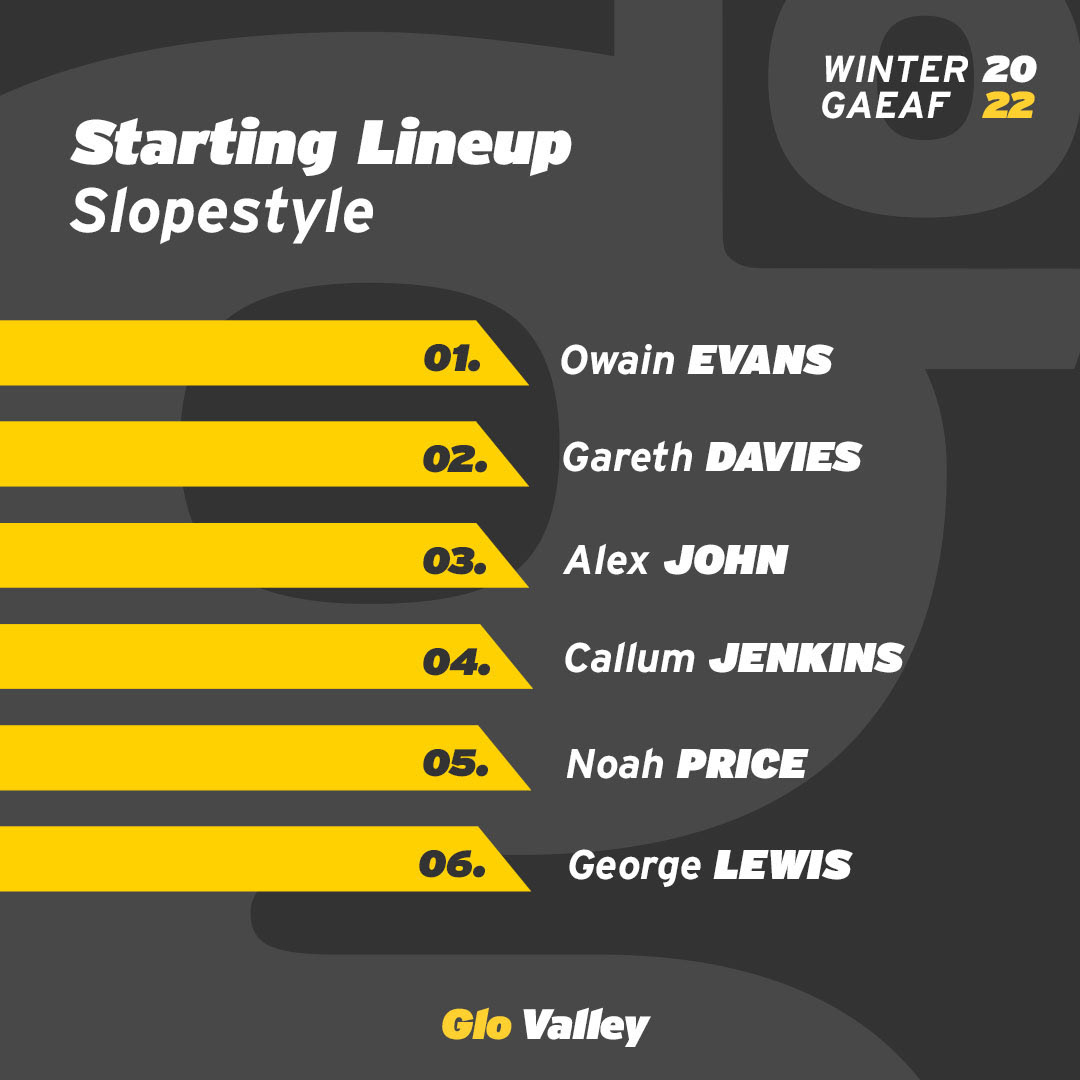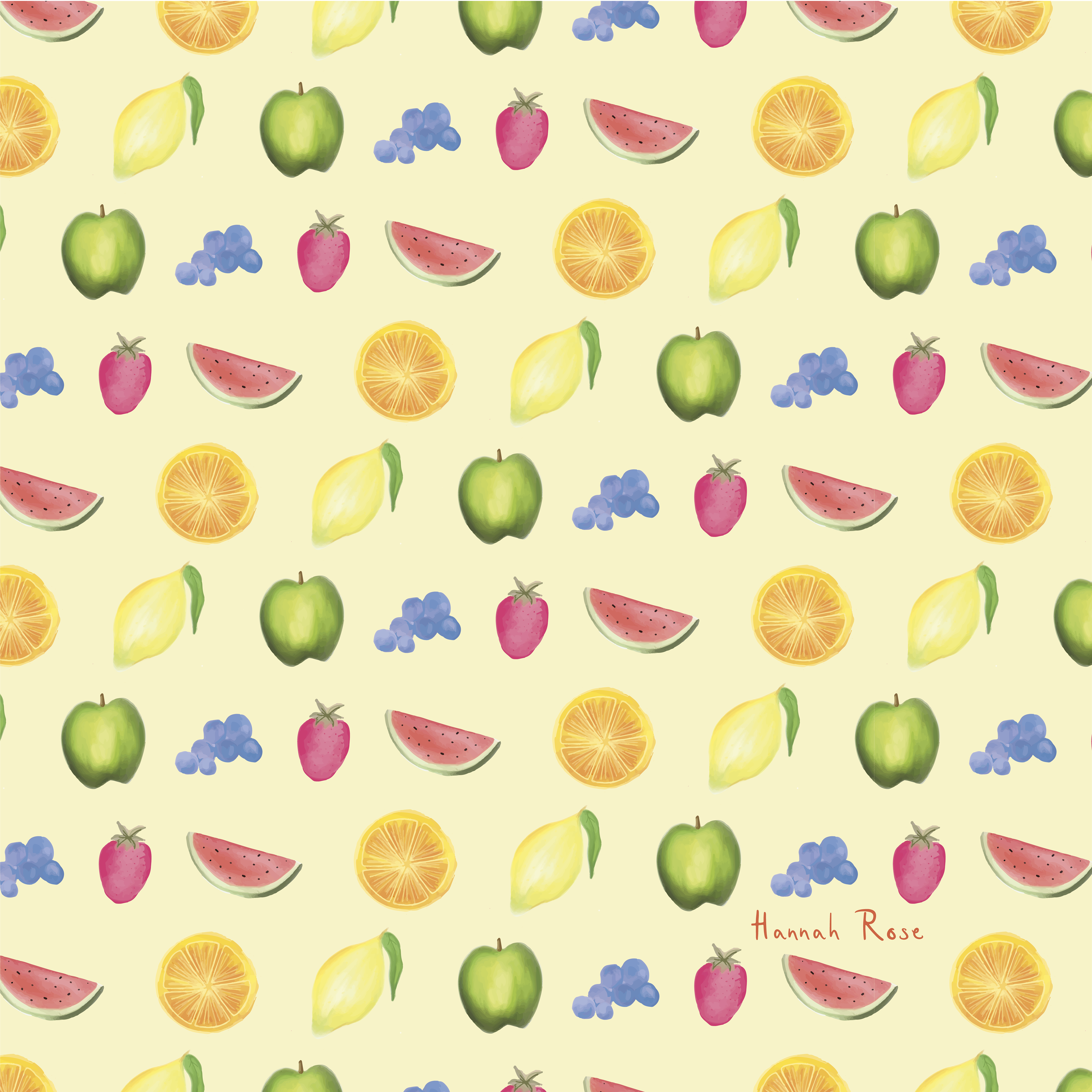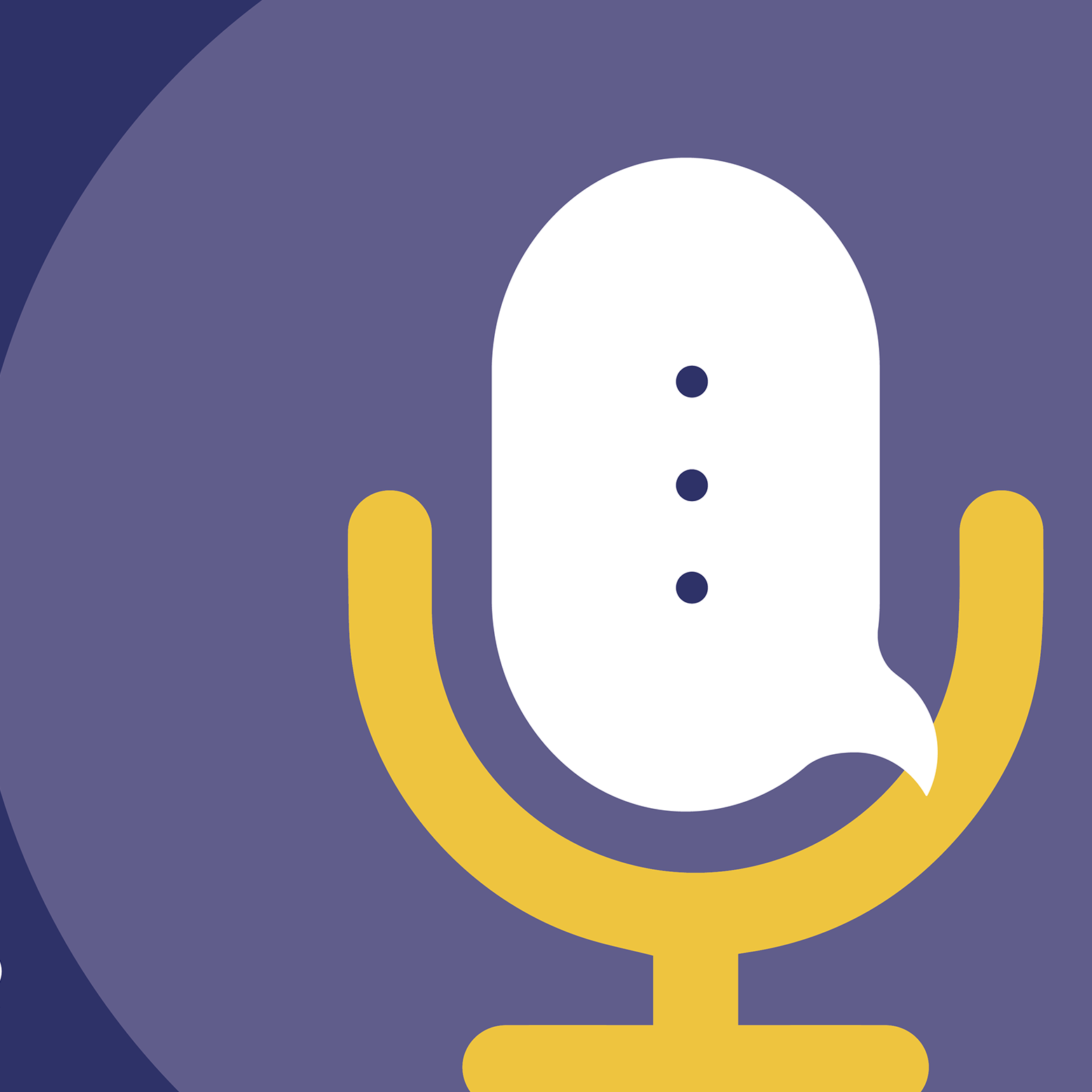Dissertation Design | Editorial
From UX/UI to LX/LI; How Learning Experiences are Improving Through Design
Dissertation Abstract
Learning experiences (LX) have been evolving since the development of computers and the internet however the impact of Covid-19 has accelerated the inclusion of digital technology within education. Today you can independently learn basic language skills through applications (apps) such as Duolingo or explore the night sky, without the need of visiting an observatory, through augmented reality (AR). But where does design merge into LX?
User interface (UI) and user experience (UX) designers have translated graphic design principles from print to screen in order to improve LXs for the digital age. By understanding how design can influence human behaviours, UX/UI designers can maximise positive impact by making them accessible and engaging experiences for mainstream users. Apps and other digital resources are providing alternative ways for learners to develop knowledge outside of traditional classroom settings.
Core Thought - Technology Enhanced Learning
Solution
The overarching theme behind my dissertation was technology-enhanced learning so the visual language for this design has been inspired by coding. Semi-colons have been used to indicate the end of a section and glyphs have allowed me to show when the text continues over the page. The typeface Source Code Variable Semibold has been used for titles and subheadings and the regular weight has been used for pullout quotations. However, I have also used the typeface Devanagari Sangam MN for the body copy as it is more comfortable to read on extended pieces of text.
The vibrant colour palette has been influenced by highlighting, a popular educational technique used for note taking and the blending and gradient of colours is to refer to the emerging technologies that are helping to improve learning experiences.


